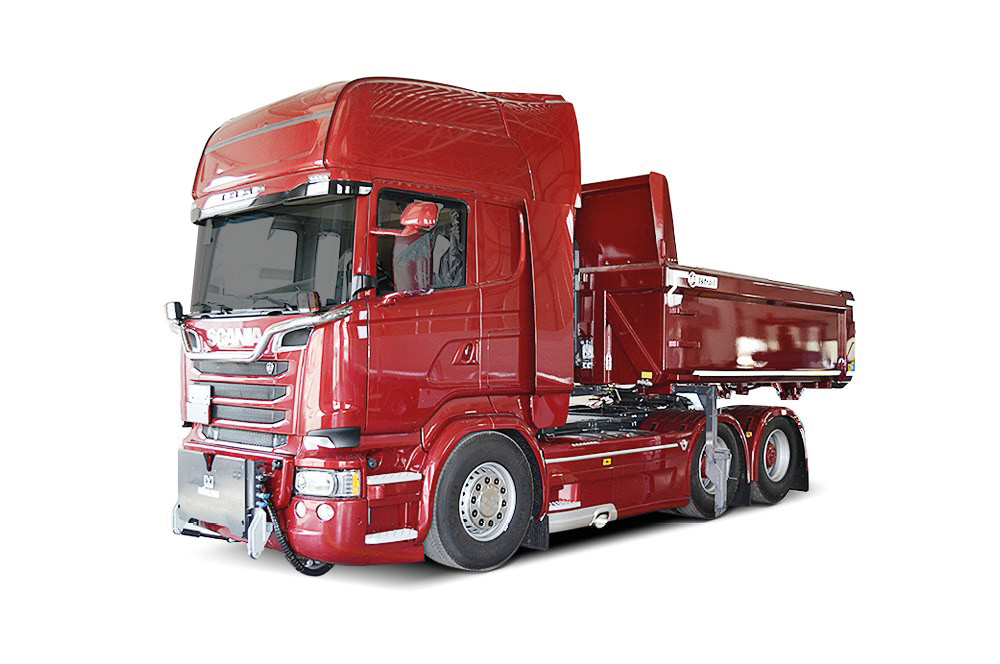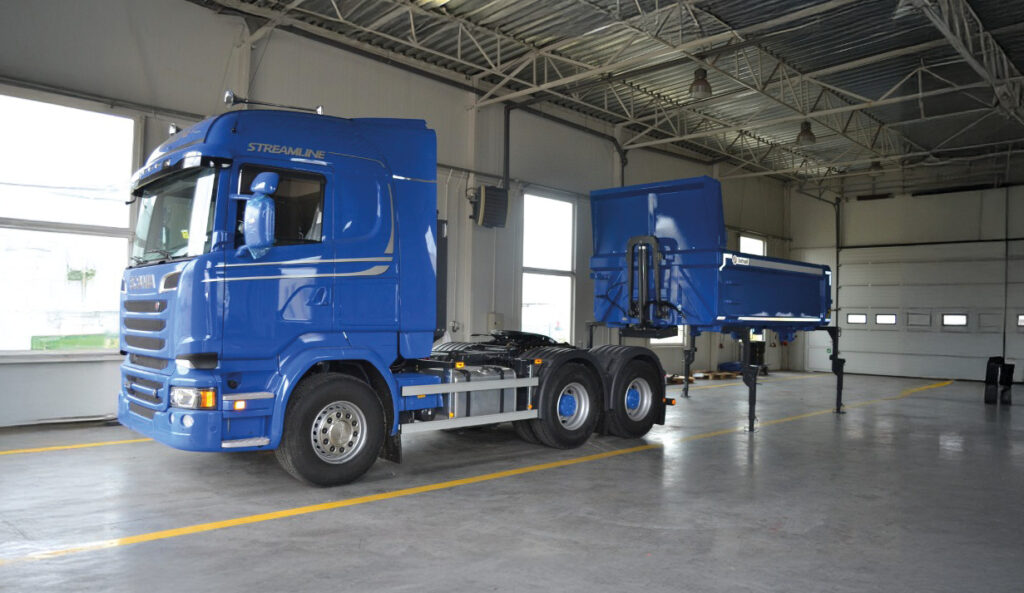A superstructure is an integral part of a commercial vehicle. The vehicle’s performance determines where it can operate, the payload it can carry and the level of comfort and safety for the driver and crew. However, from an operational standpoint, it is the superstructure that plays the deciding role.
The superstructure defines whether the chassis serves as a universal platform or is built for a specific, targeted function. The quality of the superstructure also significantly affects operational costs. Assuming a vehicle operates under standard manufacturer-specified conditions, the superstructure is the component most prone to damage and failure. It is vulnerable during loading and unloading, and its robustness determines the safety of transported goods or vehicles. The speed at which worn components can be replaced directly impacts vehicle downtime and associated costs.
Customization is key
To optimally meet user requirements, customization is essential. Full personalization — tailoring the superstructure to specific needs — can only be achieved through bespoke design and manufacture.
Of course, this is bounded by road-traffic regulations and the manufacturer’s production capabilities.
Customization and personalization distinguish ISTRAIL in the trailer and superstructure market.
A client-centric approach defines every stage of development: requirement analysis, engineering documentation, production, operation, and service.
Color and visual identity
Custom-built superstructures can be finished in any color, either solid or with client-designed graphics. This supports corporate visual standards, strengthens brand recognition, and enhances marketing impact. It also enables placement of identification markings and safety/hazard signage to maintain safe clearing distances or highlight load-related risks.
Advanced painting techniques can be applied: multilayer coatings, hardened or matte finishes, or engineered reflectivity for light-management.
Tailored geometry
In certain applications, mass and footprint aside, geometry matters. For example, military vehicles are built to NATO specifications, and other special-purpose vehicles
(e.g., mining, forestry) may require exact dimensions to negotiate narrow paths, ferry decks, or ramps. Smartly designed movable superstructure elements — optionally regulated hydraulically — facilitate operations on steep inclines without damaging bumpers or chassis.
Low-loader trailers
Low-loader trailers designed for heavy machinery can be engineered with features to simplify routine operations. Customized anchor point layouts, storage boxes for accessories (e.g. chains), and ramp systems (including hydraulically powered) can streamline securement and deployment. These adjustments optimize vehicle and driver utilization and reduce operating costs over time. Trailers may include standard, universal, or adjustable load-securing systems, enabling multi-client use.
Load safety
Incorrect or shifting loads are among the most hazardous road transport issues.
At best, they impair vehicle handling, increase tire wear, and damage components; at worst, they cause accidents. Risk mitigation can be achieved in two ways:
Sensor systems warn against overload, axle or wheel imbalance, with active alerts during loading and transit —allowing immediate corrective actions.
Ergonomic securing systems enable drivers to adjust load attachments easily without delays or heavy effort.
ISTRAIL vehicles can be equipped with necessary securing systems: removable stanchions, sidewalls with variable locking mechanisms, and additional load-retaining bars.
Tipper superstructures
Tippers are a class of specialist superstructures—available as truck bodies, trailers, or semi-trailers. Although they appear similar, their construction depends on the specific task.
For high-abrasion use (e.g., aggregates, rubble, scrap), ISTRAIL uses wear-resistant steels like Hardox, which resist deformation and abrasion, prolonging service life. For lighter bulk materials (e.g., powders, grains), aluminum tippers reduce tare weight, improving fuel efficiency, tyre life, and longevity of suspension and brake systems.
ISTRAIL offers a variety of hydraulic cylinders differing in stroke, load capacity, and operating parameters. Quality components from reputable suppliers ensure reliability and spare-part availability. Tipper configurations are highly flexible: lift direction, tailgate type, and hydraulic tailgate operation (including opening prior to dump) are all possible.
Interchangeable superstructures
For customers with limited truck fleets but diverse applications, ISTRAIL offers interchangeable bodies. A single chassis can carry
a box, tipper, or other superstructure type. Changeover is tool-free: deploy support jacks, disconnect hydraulics/pneumatics/electrics, drive the chassis away, and attach a new body. Ideal for municipal services, agriculture, or technical operations.
Combi superstructure – one chassis, two functions
The combi superstructure merges the functions of a tipper and a tractor unit. It features a quick-release mechanism for the tipper body and a tipping cylinder, enabling rapid conversion from tipper mode to a tractor unit configuration for semi-trailers. This setup is ideal for operators seeking cost savings and operational flexibility in response to changing market demands.

